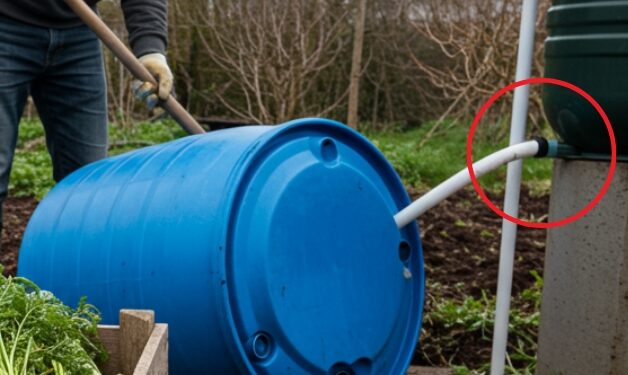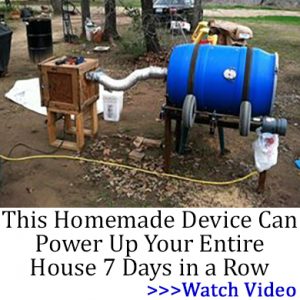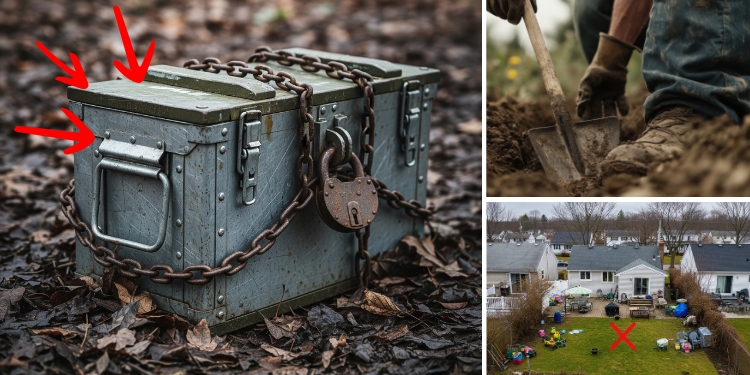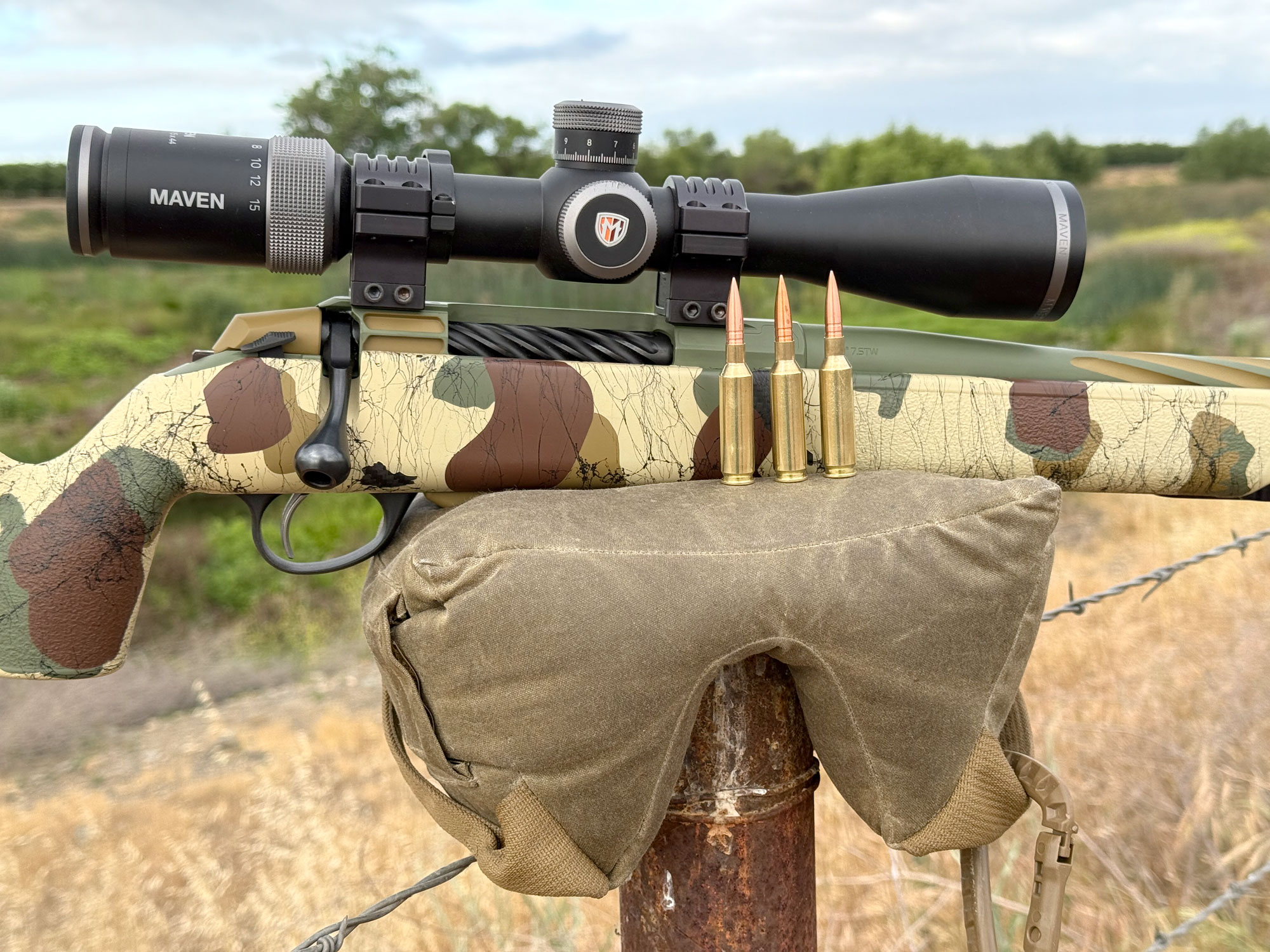Why You Should Bury A Barrel In Your Backyard

The backyard of the average suburban home is an open space that is sitting there begging to be used for prepping. One such way you can utilize your backyards for prepping and survival is to bury barrels in them. But why would anyone want to bury a barrel in their backyard? There are several reasons why you would want to do this, and for the most part, all you need is a barrel and a shovel to get started.
Before You Get Too Carried Away
There are a few things to consider before you start digging holes. First and foremost, of these is whether or not there are any electrical or gas lines running underneath your feet.
Most municipalities have a number you can call to check for utility lines before digging, and skipping this step could turn a simple project into a mistake. But that’s just the beginning. There are many things the authorities don’t want you to do when you’re prepping your homestead for a crisis.
Why? Because real self-reliance threatens their control. That’s why you need to dig deep – pun intended – into trusted sources like this guide to understand both the legal risks and how to outfox the feds when it matters most. And once you’re cleared to dig, be absolutely certain you know exactly what you’re driving your shovel into… because one wrong strike can change everything.

>>This is How to Outsmart FEMA, CIA, FBI, and EPA after SHTF. WATCH VIDEO
Is the ground rocky, sandy, or clay? How high is the water table? What is the drainage like? How deep is it possible to dig? These are all questions that you will need to answer.
If the ground is unsuitable for digging a deep enough hole, then burying a barrel is not a realistic option for you. Likewise, if the water table is too high, burying a barrel is not a good option because you do not want it sitting in water.
What Kind of Barrel?
When it comes to the type of barrel, you have two main choices: steel or plastic. Steel barrels are stronger but will eventually rust even if they are painted. This does not mean that a steel barrel is unsuitable; it only means that you need to be diligent in protecting it from rust.
Related: Blue Barrel Uses You Never Thought Of
Plastic barrels do not rust, but they are not as strong as those made from steel. Eventually, rodents will be able to chew their way through the sides of the barrel, so if this is a concern for you, steel may be a better option.
Look for barrels that have a removable top so you can easily access the contents and keep everything secured and water-tight.
How to Bury a Barrel
Start by digging a hole a little larger than the diameter of the barrel. As for the depth, measure the height of the barrel and add about a foot or so to that measurement. Excavate the hole until it is at the right depth with a flat bottom and straight sides.
Line the bottom with landscape fabric and fill with a six-inch layer of gravel to allow for drainage. Place the barrel in the hole, making sure there is at least six inches of space between the top of the barrel and the surface of the ground. Once the barrel is in place and filled, lay landscape fabric over the top and fill in with dirt and sod.
Underground Caches
You may be noticing that you are running out of room in your home for all your preps. This is where making some caches in the backyard can come in handy. When loading an underground cache, prepare everything that goes inside as if it will be exposed to water. There is never a guarantee that the barrel will always be impervious to water ingress, so grease everything that can rust and vacuum-seal everything else.
Related: Read This Before Stockpiling Water In Blue Barrels
Faraday Cage
If you bury a steel drum, it will act as a Faraday cage, but you’ll need to make a few modifications. A Faraday cage isolates the electronics inside from the electromagnetic energy of an Electromagnetic Pulse (EMP). You can place any electronics that you want to use after the grid is taken out by an EMP.
Before you place anything inside the barrel, you need to ensure that there is insulation between the metal of the barrel and the electronics inside. Line the interior with anything that is non-conductive, this could be cardboard, foam insulation, or anything else that you have on hand. Whatever you use must be non-conductive.
Maximize EMP-Proofing
When you are placing items inside the barrel, you can also place those items inside their own Faraday cages or bags as an extra redundancy.
Once you secure the lid seal it with metal tape as an added layer of security.
Related: What No One Told You About Faraday Cages
You can also use a plastic barrel as a Faraday cage, but you need to either enclose all the electronics placed in the barrel in their own Faraday bags or cages or line the inside of the barrel with EMP cloth. As with the metal drum, you need to insulate everything inside the barrel from the conductive EMP cloth.
 In the event of an EMP attack, many of your most valuable devices and assets could be completely destroyed. Total annihilation. And we’re not just talking about things you could live without, like a smartwatch or an electric chainsaw. We’re talking about essential tools tied to your ability to move, escape danger, communicate, and access information. All of these could be rendered useless in an instant.
In the event of an EMP attack, many of your most valuable devices and assets could be completely destroyed. Total annihilation. And we’re not just talking about things you could live without, like a smartwatch or an electric chainsaw. We’re talking about essential tools tied to your ability to move, escape danger, communicate, and access information. All of these could be rendered useless in an instant.
Some of the most vulnerable devices during an EMP attack are your laptop, cell phone, radio, and your credit cards.
Yes, you read that right. Even your credit cards could be wiped out, cutting off access to your money when you need it most. And it doesn’t stop there. Your car could become inoperable. Your generator? Fried. So, ask yourself this: are you really prepared to be caught off guard by an EMP attack and left in total darkness? Probably not.
The good news? There’s this EMP Cloth that can guarantee 98% military-grade protection. It’s a highly effective solution that you can use to protect your small electronics. Or you can invest in several, tape them together with duct tape, and use them to shield your generator, or even your vehicle. Don’t wait for disaster to strike. Take action now — because once the grid goes down, it might be too late.
Root Cellar
A root cellar is essential in any SHTF scenario. It’s a time-tested method, and its importance for preserving vital sources of nutrition during a crisis cannot be overstated.
They say that ignorance is bliss, but being ignorant when it comes to SHTF can actually kill you. I recently came across another complete guide that helped me understand everything about root cellaring. I learned exactly which vegetables can be stored long-term using this method, what techniques our grandparents used to keep their harvest fresh through harsh times, and the precise temperatures required to store each type of life-saving vegetable. Because when you’re in survival mode, those calories might be the only thing keeping you alive.
To turn a barrel into a root cellar, put a layer of straw in the bottom of the barrel. On top of this lay a layer of root vegetables, ensuring that none of them touch each other. Place another layer of straw and repeat this process until the barrel is full. Secure the lid and insulate the top with more straw rather than covering it in dirt.
➡️ How to easily make your own root cellar. Learn how to build a completely self-sufficient backyard – get your copy before they’re ALL gone.
There is a disadvantage to using a barrel for a root cellar. The bottom can be hard to access depending on the size of the barrel. Keep this in mind if you choose to do this project. As far as the location that you should choose for a barrel root cellar, you’ll want somewhere that is shady and out of direct sunlight. The idea is to keep the vegetables cool.
Final Thoughts
Burying a barrel in your backyard is not an easy task. From the digging to the packing and concealing, it will take a lot of time and effort, which will pay off in the end when you expand the space you have for your prepping supplies. Be it a Faraday cage, cache, or root cellar, a simple barrel under the surface of your backyard can be a lifesaver when the grid fails and the world is thrown into chaos.
You may also like:
 How to Hot-Wire a Car When The SHTF (with pictures)
How to Hot-Wire a Car When The SHTF (with pictures)
Pressurized Rainwater Harvesting and Purification System (Video)
Root Cellar Mistakes You Need To Avoid At All Costs
Is Harvesting Rain Water Illegal in Your State?
Why You Should Bury a 5-Gallon Bucket in Your Backyard
Read the full article here







